#anthophora
Text
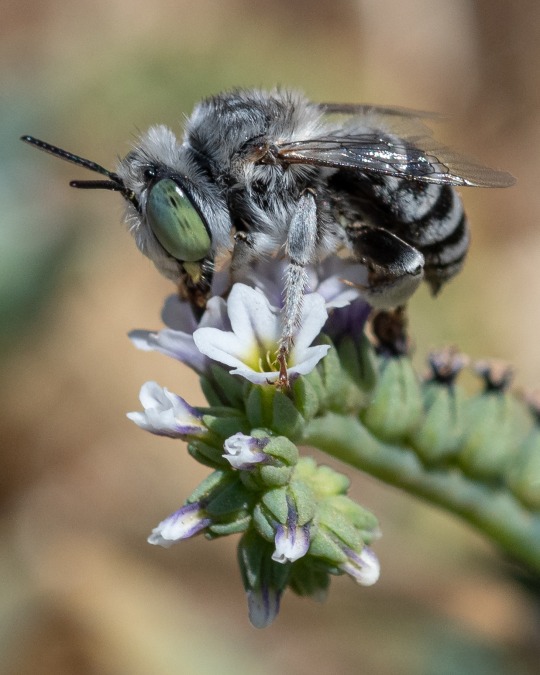
During my long absence on Tumblr, I've gotten deeply involved with documenting native bees, both on iNaturalist and in several local ongoing studies. Shown here is a Subgenus Micranthophora, Genus Anthophora (Common Digger Bees) on an Alkali Heliotrope (Heliotropium curassavicum).
#Heliotropium curassavicum#Common Digger Bee#Micranthophora#Anthophora#Alkali Heliotrope#iNaturalist
2K notes
·
View notes
Text

Green-eyed Flower Bees (Anthophora bimaculata), entering a next hole, family Apidae, Europe and northern Africa
Photograph by Andy Johnson
523 notes
·
View notes
Photo
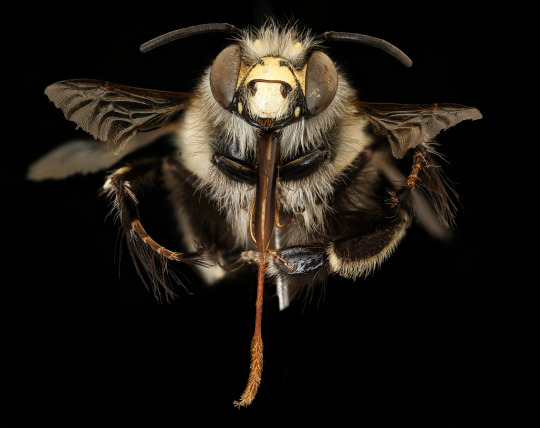
Anthophora plumipes from the Netherlands. Not long ago this species was split. Populations in Asia (where the boundary was is not clear to me) were split from the European ones and the old name A. villosula was resurrected. The populations that were transported to the U.S. from Asia thus had their names changed too. Photograph by Erik Hernandez from the Wild Bee Lab
74 notes
·
View notes
Text
Who's there? She flies like a hoverfly, but much faster. Here was the only opportunity to take a photo (two total), as she rested a little.
Anthophora species bee.
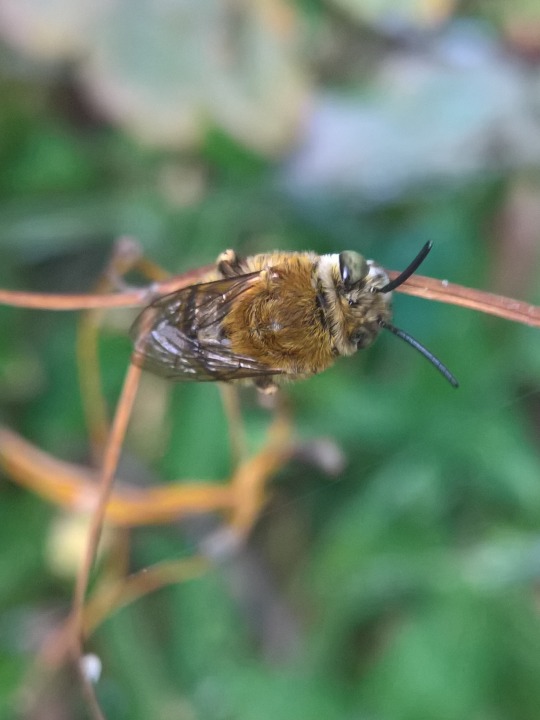
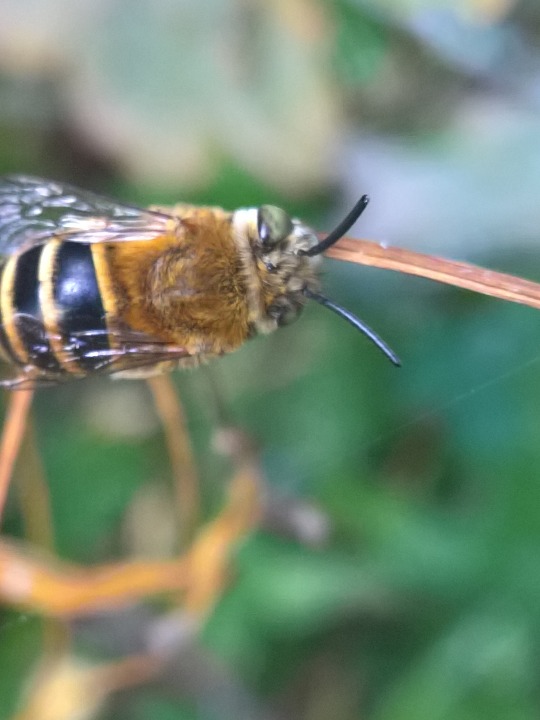
5 notes
·
View notes
Photo
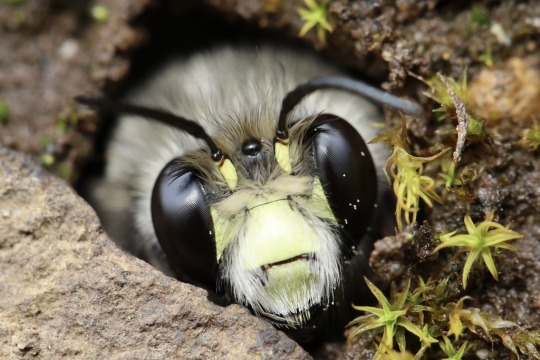

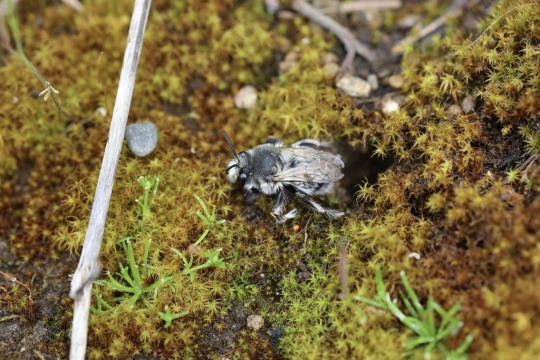
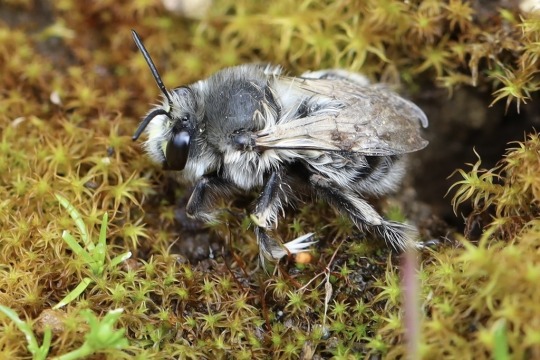


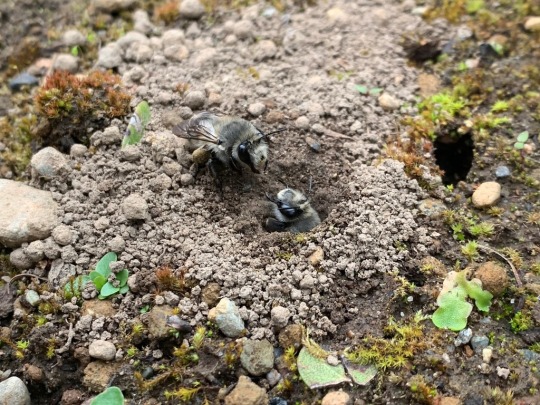

Pacific digger bee, Anthophora pacifica, Apidae
As the name suggests, digger bees make nests in the soil where larvae develop in cells. They are solitary, though they may nest in large aggregations.
Photographed in Washington state by eebee
#animals#curators on tumblr#insects#bugs#bee#common digger bee#digger bee#pacific digger bee#one nice bug#i included that last photo so we could all admire the Bee Butt
5K notes
·
View notes
Text


Plant of the Day
Thursday 4 April 2024
Here Pulmonaria saccharata (lungwort) is thriving in this shady border of a walled garden. The funnel-shaped flowers are borne in shades of blue and pink, they are popular with bees, particularly the hairy footed flower bee (Anthophora plumipes).
Jill Raggett
#pulmonaria#lungwort#shade#herbaceousperennial#herbaceous#walled garden#blue flowers#pink flowers#foliage#plants#horticulture#gardens#garden#kent
119 notes
·
View notes
Text

Hairy-legged Flower Bee (Anthophora plumipes)
Habitat & Distribution
This species most commonly inhabits open woodlands, meadows, and gardens
Hairy-legged flower bees are common thoughout Europe, Asia, and north Africa
Physical Description
Weight: 0.12-0.24 g (0.004-0.008 oz)
Wingspan: 22-26 mm (0.86 - 1.0 in)
Hairy-legged flower bees exhibit sexual dimorphism; males typically have reddish brown or gold hair, while females are black or dark brown
Behaviour
They are solitary bees, only gathering to mate
Like most bees, hairy-legged flower bees spend most of their time feeding on nectar and pollen from flowering plants
Their main predators are birds, spiders, and other large insects; this species lacks a stinger
Key Advantages
Hairy-legged flower bees are strong, agile fliers capable of darting from flower to flower quickly
See where they stand in the May Mammal Madness Tournament here!
Photo by Chris Barlow
71 notes
·
View notes
Text
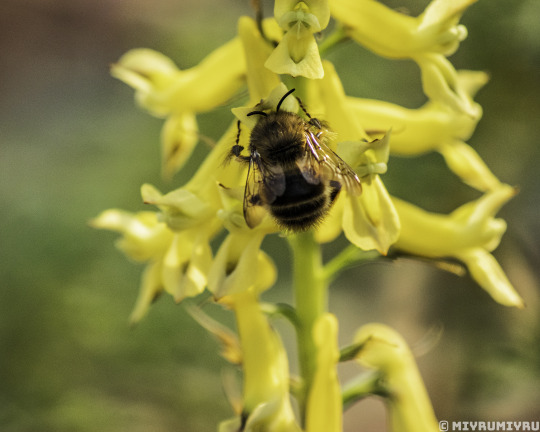

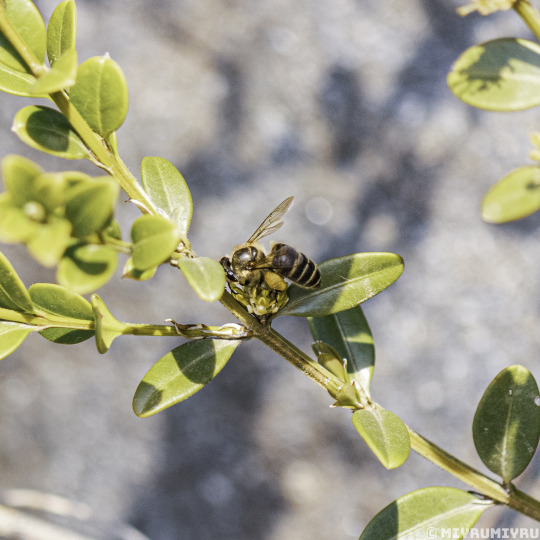
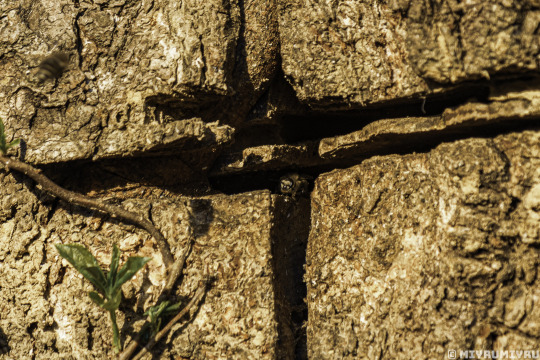


Polite and precious, Beloved bees 🐝💛
(M) Hairy-footed flower bee (Anthophora plumipes)
Carniolan honey bee (Apis mellifera carnica)
#photographers on tumblr#my photography#original photographers#lensblr#photography#insect photography#wildlife photography#macro photography#nature photography#nature#naturecore#insect#bee#bees#honey bee#honey bees#apidae#bugblr#biology#entomology#so cute and precious#awesome pollinators#april 2 2024#april 6 2024#april 9 2024#noai#no ai#no to generative ai
49 notes
·
View notes
Text
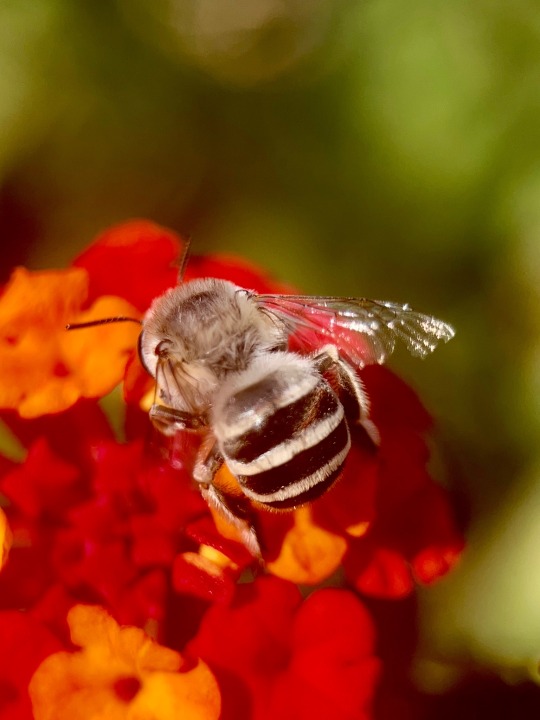
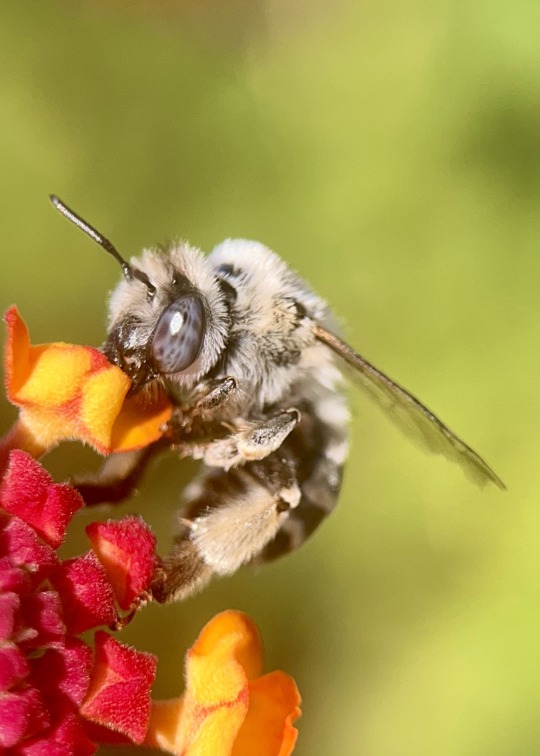
Digger bee / genus Anthophora
35 notes
·
View notes
Text
Now that I've finally gotten around to finishing my saved for later projects, I would like to share my insect pinning magnum opus. A shadow box full of nearly every insect I've ever worked on!
(Close ups and image descriptions below the keep reading. Image description also includes all speculative ids that are present on the labels you can see in the photos, so if you're curious as to what something is check there!)
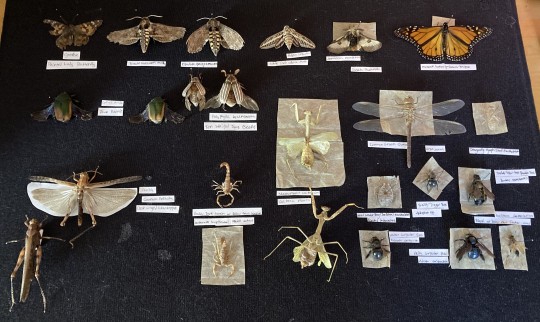
I started this when I was still super new at the hobby, so some specimens are better preserved than others, but it's nice to see my improvement with all of them together. It's also nice to see a sort of representation of all the insect life around me with them.
A lot of these are also in rough shape since I scavenge all of my specimens (usually dead or dying), or am given scavenged specimens, and very few of them were raised or captured for the purpose of pinning. I think this definitely adds to the fun of the hobby though, since each one has a pretty unique story about how it was found or acquired.
Most ID's are also still subject to change and some are still speculative, since I do all my own research for them and am definitely not perfect.



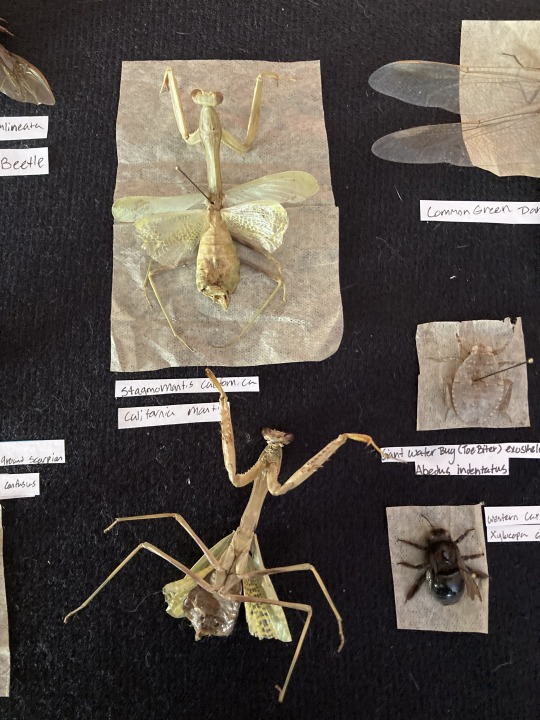
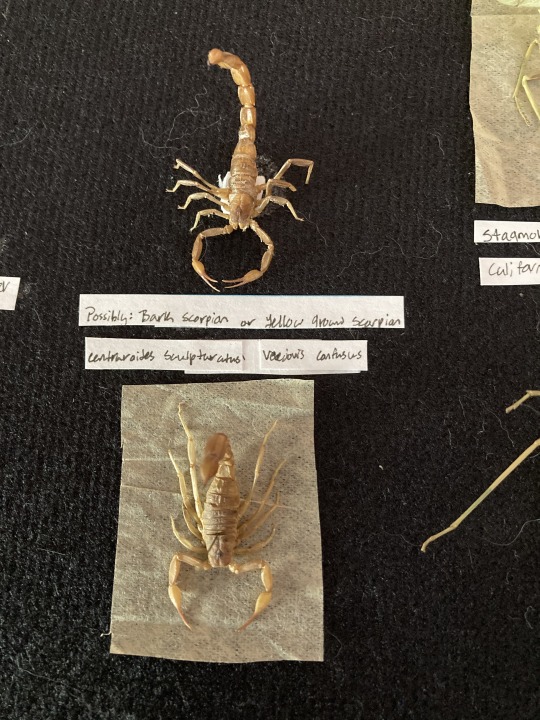

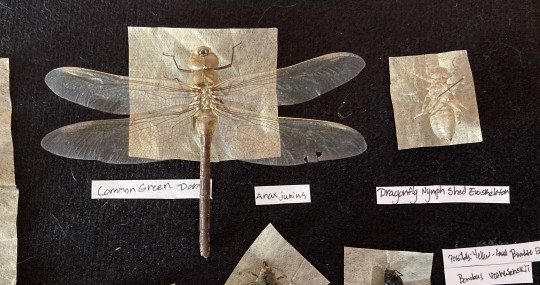
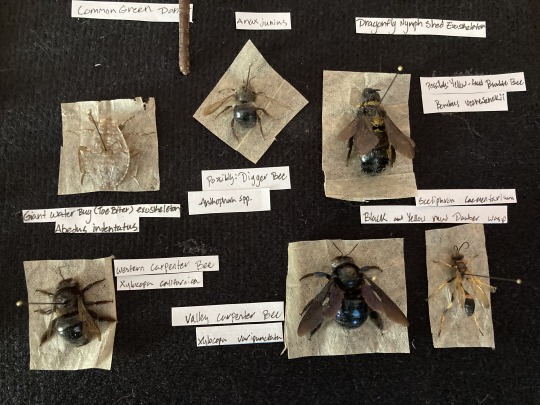
[Image ID: One wide shot image of a black board with various insects displayed on it, with small hand written labels next to, above, or below each specimen. 8 images follow as close ups of each group of specimens. The first displays a painted lady butterfly, scientific name cynthia, next to two tomato hornworm moths, scientific name Manduca quinquemaculata, with two june beetle, scientific name cotinis nitida, and ten striped june beetle, scientific name polyphylla decemlineata, underneath. The second displays a white lined sphinx moth, scientific name hyles lineata, next to a nevada buckmoth, scientific name hemileaca nevadensis, and a monarch butterfly, scientific name danaus plexippus. The third displays two clear winged grasshoppers, scientific name camnula pellucida. The fourth displays two california mantis, scientific name stagmomantis californica, one is displayed on its back, the other on its belly. The fifth and sixth display two views of two scorpions, both either yellow ground scorpions, scientific name Paravaejovis confusus, or arizona bark scorpions, scientific name centraroides sculpturatus. The seventh displays a common green darner dragonfly, scientific name anax junius, and a shed dragonfly nymph exoskeleton. The eighth displays the exoskeleton of a giant water bug, scientific name abedus indentatus, next to a digger bee, scientific name anthophora spp, with a yellow faced bumble bee, scientific name bombus vosnesenskii, next to the digger bee. Below these three specimen are two other bee specimen, a western carpenter bee, scientific name xylocopa californica, and a valley carpenter bee, scientific name xylocopa varipunctata, as well as a yellow legged mud dauber wasp, scientific name sceliphron caementarium. End ID]
#entomology#insect pinning#scorpion#butterfly#mantis#bee#moth#insect tw#drowsy draws#(the drowsy draws tag applies to all my art. even if it's not a drawing per se. so this goes here too!)
20 notes
·
View notes
Text

Finally finished the geeb >:3
bee boi was givin me trouble wit the base design
e was jus chillin in my sketchbook in an open void fer a while ( '- -)
*realized I never gave the species, mans is a Anthophora curta/short sun-digger bee
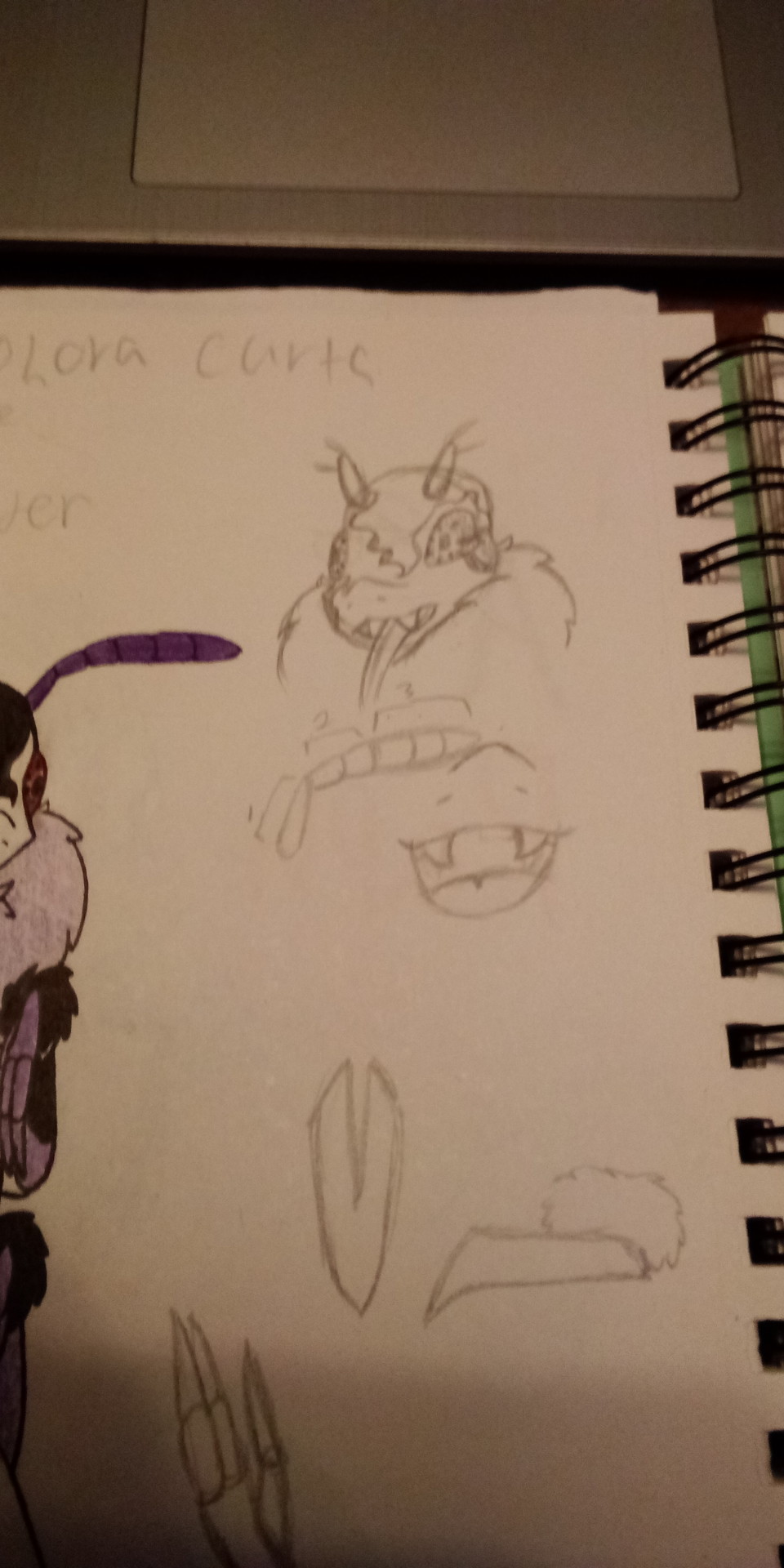
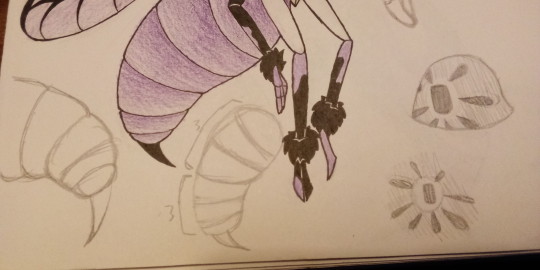
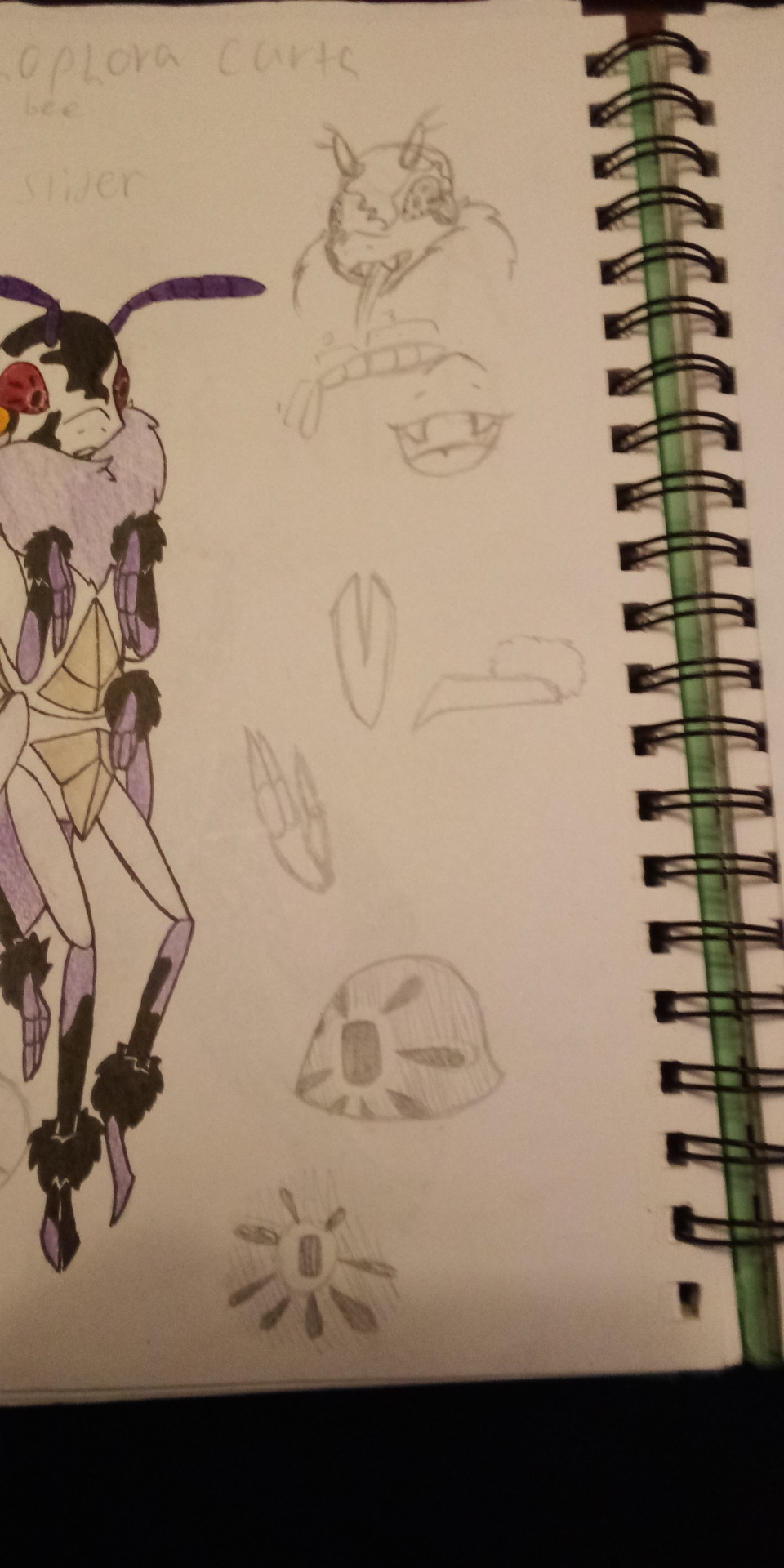
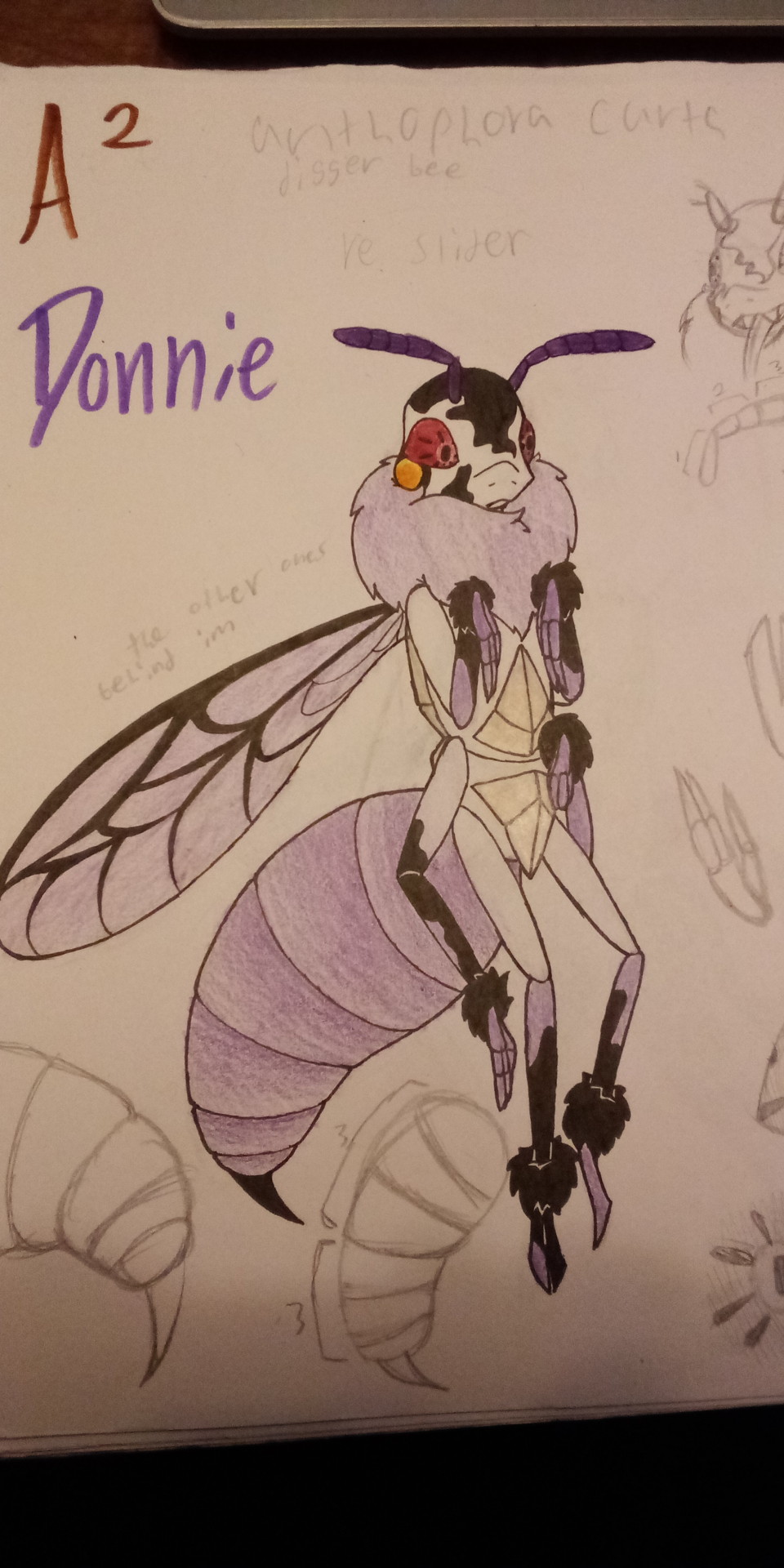

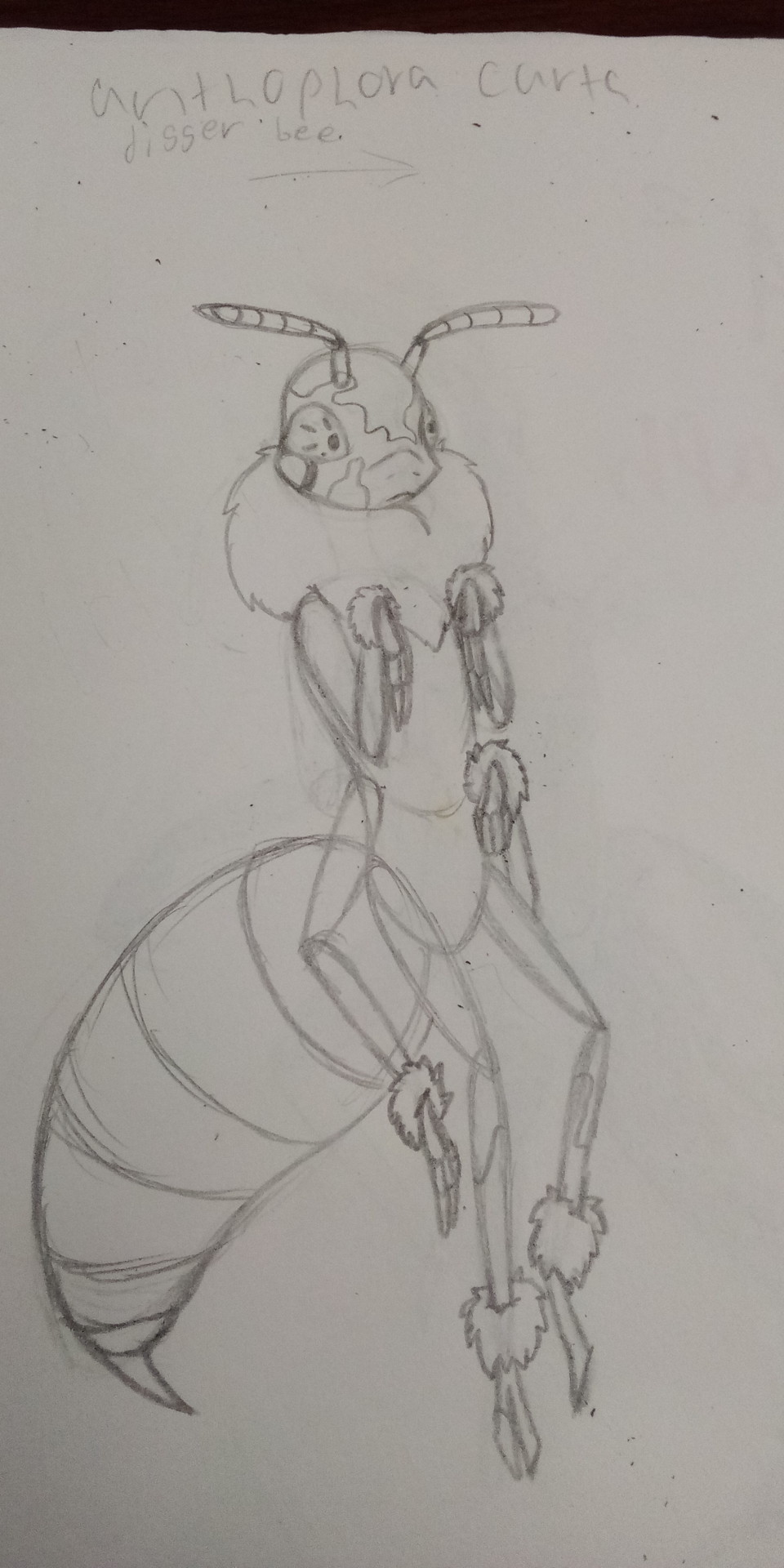

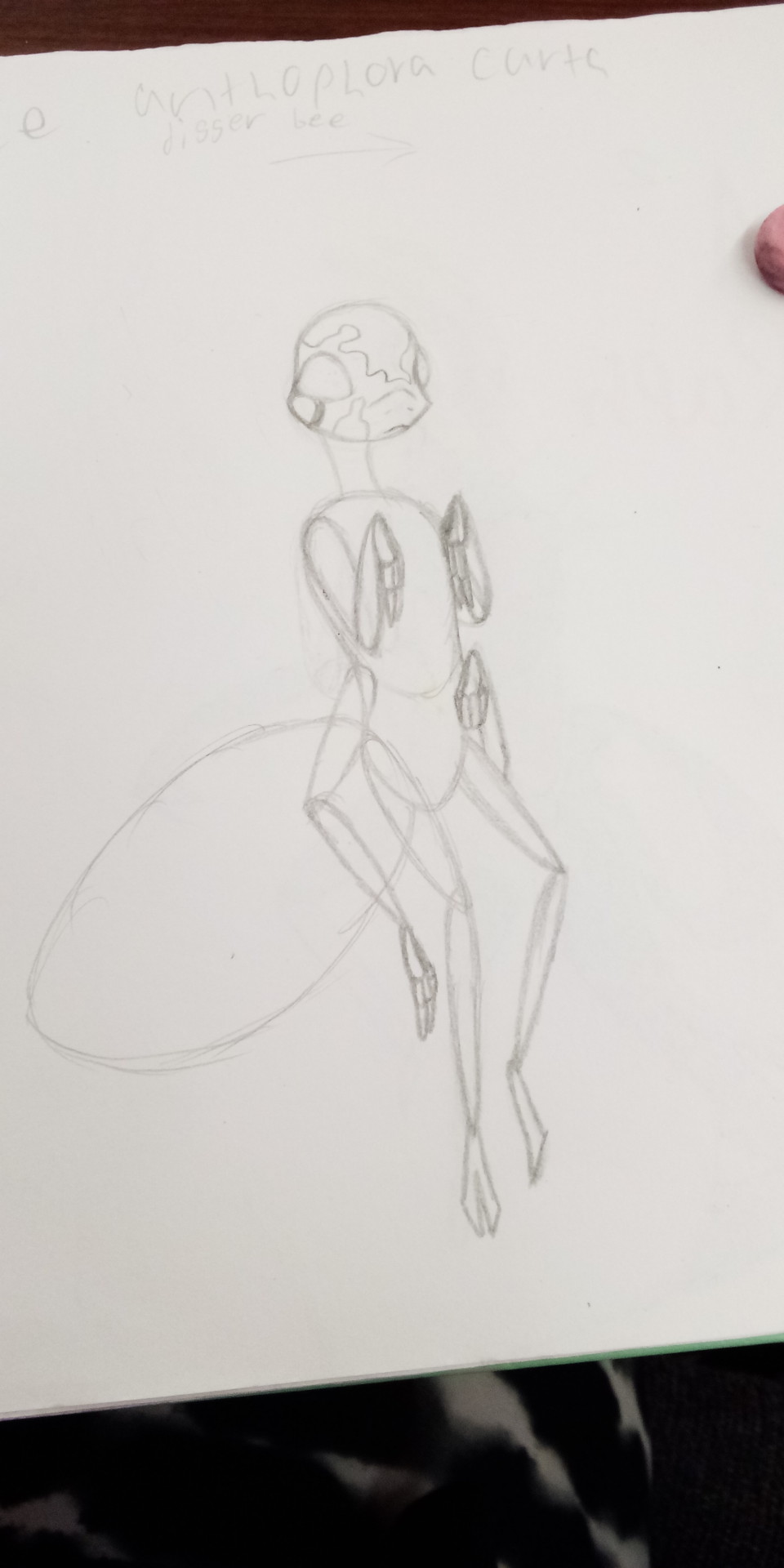
#my art#Arthropodia Abridged#A2#tmnt#tmnt 2012#2012 tmnt#tmnt 12#tmnt 2k12#donnie#12 donnie#tmnt donatello#tmnt g/t#tmnt au
4 notes
·
View notes
Text
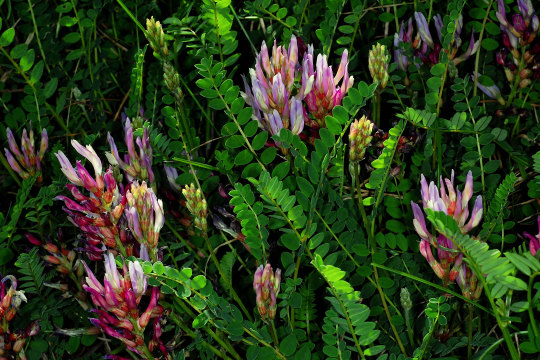

A - Astragalus monspessulanus L. - Astragalo rosato (Fabaceae)
Un'ape del genere Anthophora (Latreille, 1803) mentre bottina nettare da uno dei fiori
#photographers on tumblr#digital image processing#original photographs#flowers#insects#pollination#Fabaceae
24 notes
·
View notes
Photo
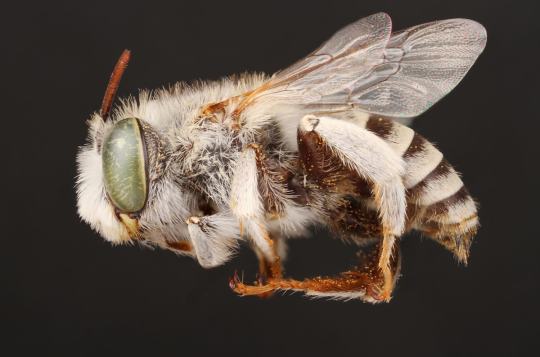
Many solitary bee species make their nests underground, like this male digger bee (Anthophora curta). Found in Dona Ana, New Mexico. Credit: Public Domain via Flickr/University of Texas at Austin’s Insects Unlocked
13 notes
·
View notes
Photo
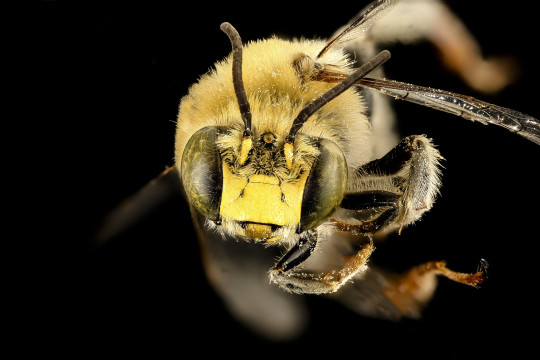
If you want a group of bees that generally present themselves well and are the most beeish of bees, choose the Digger Bee group. This male Anthophora californica was collected by Don Harvey in Hidalgo County, NM.
56 notes
·
View notes
Text
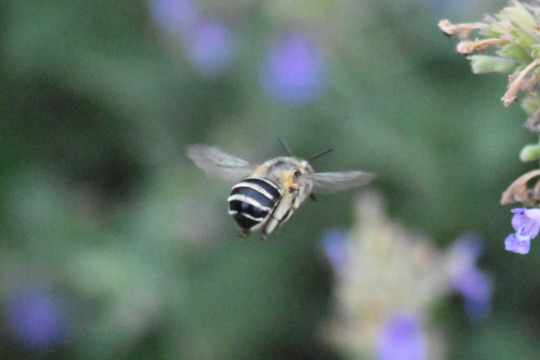
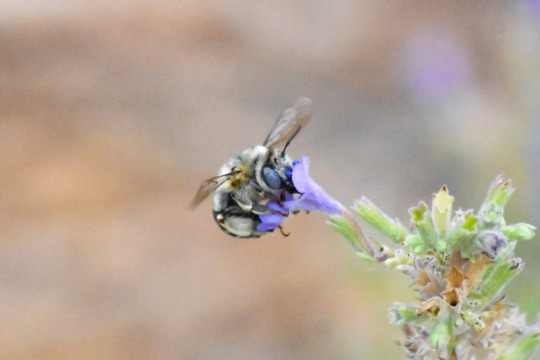
urbane digger bee (anthophora urbana) - august 2023
5 notes
·
View notes
Text
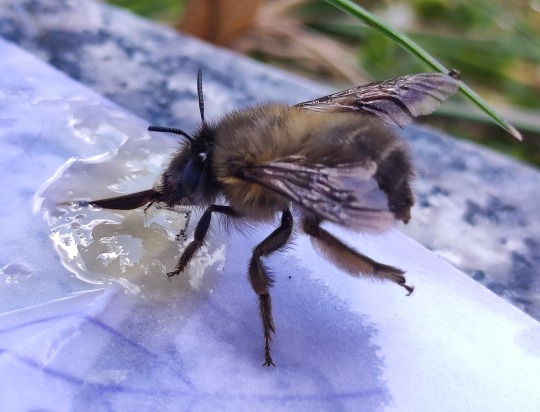
@presentablemichael submitted: I fed a bee for the first time a couple days ago! Found her very low energy in our sunroom, but after eating and sitting in the sun she flew off again 🥺 Made me really happy and excited
It was really shocking but cool to see how huge her tongue was compared to her body!
Anthophora plumipes as far as im aware(Germany)
Big tongue for slurping delicious nectar :) I am terrible at IDing bees, so I'll have to take our word for it on the species. Very cute either way!
116 notes
·
View notes